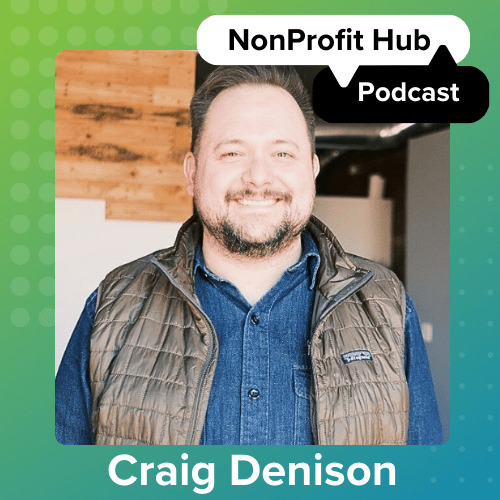Nonprofits rely heavily on volunteers. And depending on what volunteers are willing and able to do, that means that logistical tasks can turn into roadblocks. Or even worse, something can get entirely skipped over.
This day and age, social media plays a crucial role in your marketing strategy. Unfortunately, laying the groundwork for an effective and strategic social media plan tends to become one of the tasks that is skipped over and organizations’ posts begin to mirror that of a personal account.
With the understanding that social media is important, often times the mentality becomes something along the lines of, “I have a Twitter and a Facebook account, so I’m good, right?” While we give you props for having the main social media ‘food groups’ covered, what’s your goal behind having those accounts?
Let’s get your social media strategy in order on all accounts. Here are 5 tips to get it on track.
1. Find Your Flaws (Identify the Problem)
The best place to start is with a brutally honest review. This is the “where are we now?” step. It’s important to be as transparent as possible during this step, because it leads to step two. If you haven’t started with social media yet and have nothing to review, this is a great time to realize the potential that you have with your digital presence and start thinking about the message you want your NPO to convey.
2. Capitalize on Your Shortcomings (Find the Solution)
You’ve pointed out the problem, now let’s start building a solution. We’ve moved to the “where do we want to be?” step. Start to create goals based on what you want to achieve in the next six months to a year that are clear cut and easy to understand. These goals should be relatively specific.
Maybe you want to show supporters what life is like within your walls. Or the goal could be to better advertise events and fundraisers? If your main goal is general awareness, it’s time to roll up your sleeves and get specific. Awareness is great, but you will find it easier to measure success with a goal that has a more tangible reward— followers, number of likes, etc.
The second part to creating goals is deciding how you are going to measure your strategic success. Some suggestions on how to analyze real-time social interaction include Facebook Insights, Klout, and Google Analytics. Analytic reports are often times built-in if you use a social media management tool like Sprout Social or Hootsuite, and can be extremely helpful.
3. Know Your Audience
There are typically two goals with your social media strategy. First, reach the people who are already supporting your cause and keep them engaged. Second, connect with people you aren’t already connected with.
Assess your social community and plan your message accordingly. To do this, don’t be afraid to send out a survey to the community online that you’re wanting to reach. Ask about age, gender, interests, etc. By knowing more about your prospective constituents, you will be able to assess the voice of your NPO and tweak content accordingly in order to reach your audience on a more personal level.
4. Pick your Platforms
By now you’ve laid out your social media marketing goals and figured out who you want to reach. It’s now time to consider what social media outlets are available to reach your demographic. Each social media platform serves a different purpose and therefore might reach a different demographic more effectively.
It’s important to remember that quality is more important than quantity when creating new social media handles. Ask yourself why you’re making an Instagram or in-depth blog. What’s the purpose? And does this coincide with the research you found about your target audience?
5. Begin to Execute
During and after step number four, you can start to make a content calendar of what each site will consist of and implement a plan for content generation and management. This will help give purpose to each site and individualize the content. Figure out who in your organization has a knack for creating sensational content that your followers will want to interact with. Find out who is good with sharing photos, telling stories and sharing updates from within your organization. It’s encouraged to spread out the responsibilities of creating content, but make sure your voice and message stays consistent. Also keep in mind that if you don’t have the time or manpower to manage six different accounts, create one to three that you can spend more time on individually.
Another optional—but often very helpful— step consists of checking up on what other NPOs are doing with their social media. How can you do what they do, but better? It’s okay to occasionally duplicate ideas or be inspired by what others are doing. Having a sort of peer review will help you compare your strengths and weaknesses.
Are you ready to take your social media to the next level? Sign up for our Social Media Boot Camp, an intensive video-course with actionable takeaways as part of the Nonprofit Hub University.






